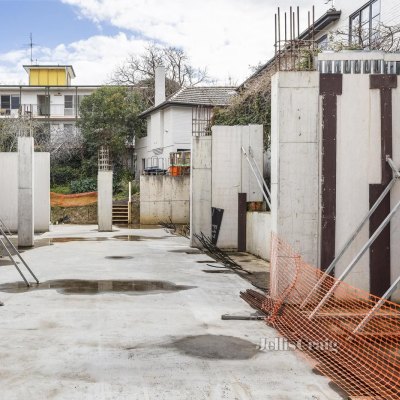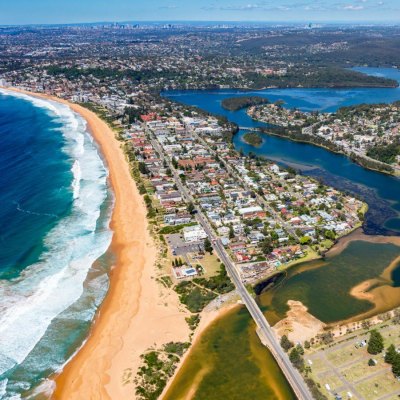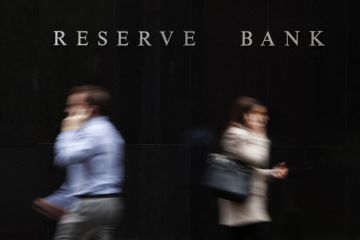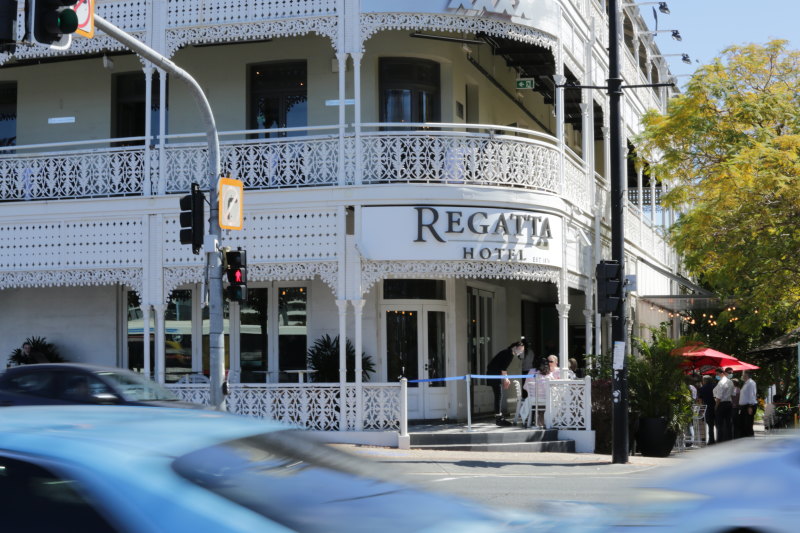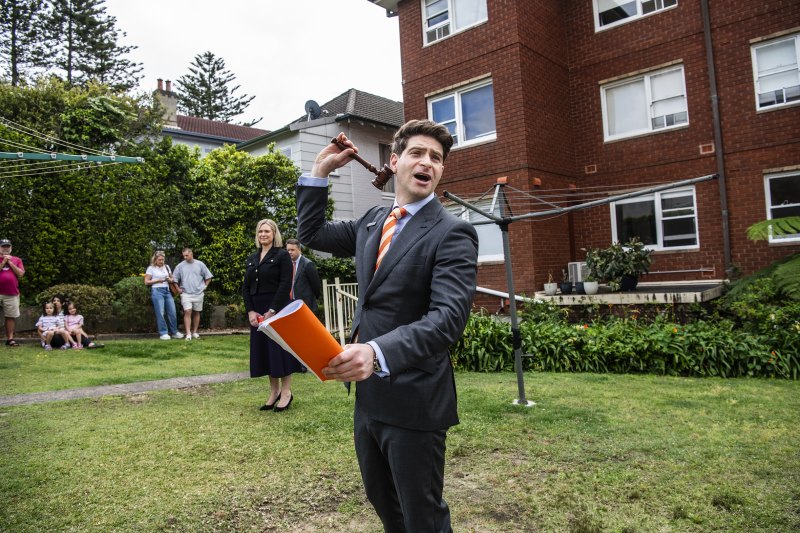Property prices falling in over half of suburbs nationwide as the downturn deepens
Prices in one in two Australian house and unit suburb markets fell last year as rapidly rising interest rates slashed buyer borrowing power and demand.
Median values dropped in more than 2400 house and unit markets nationally in 2022, new CoreLogic figures show, with the downturn spreading to 51.7 per cent of analysed suburbs.
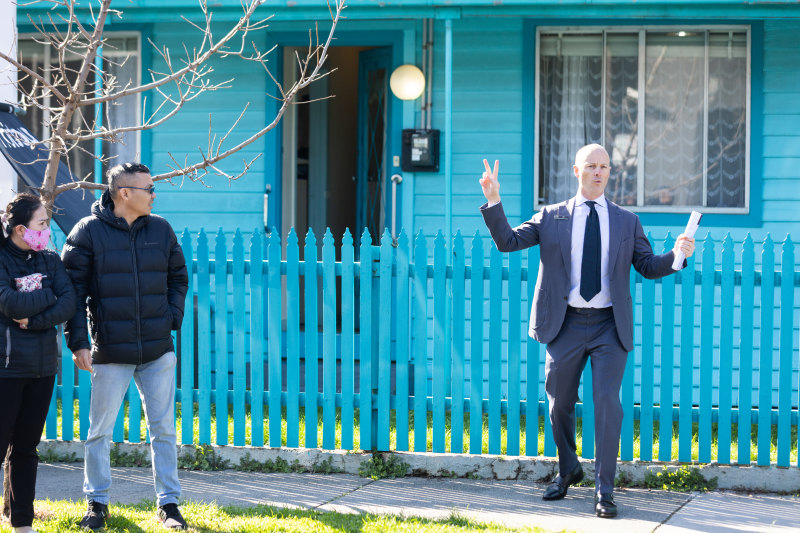
Declines were far more widespread in Sydney and Melbourne, where house values fell in 98.7 per cent and 97.8 per cent of suburbs respectively over the year, CoreLogic’s Mapping the Market Report shows.
Unit values dropped in more than 95 per cent of Sydney suburbs, and about 84 per cent of Melbourne suburbs.
Declines in median house values were also widespread in Canberra and Hobart, dropping in about 87 per cent and 80 per cent of suburbs, respectively, but unit falls were far more subdued.
Half of Brisbane suburbs recorded annual house value declines, up from just two suburbs in the September quarter, while only 11 per cent of Perth suburbs had a price drop.
CoreLogic economist Kaytlin Ezzy said mapping the suburb-level data showed the extent of the market downswing, and the diversity between the capital cities, and house and unit markets.
Sydney was the first market to peak, in January 2022, and its values fell 12.1 per cent last year, leaving medians in very few suburbs unscathed, Ezzy said. Melbourne had been next, recording a decline of 8.1 per cent.
While more expensive markets like Sydney and Melbourne tended to lead upswings and downturns, declines were becoming more geographically widespread, Ezzy said, noting about 80 per cent of markets recorded quarterly price falls in the three months to December.
She expected more suburbs to record annual price falls in the months to come but noted more affordable markets were typically less volatile.
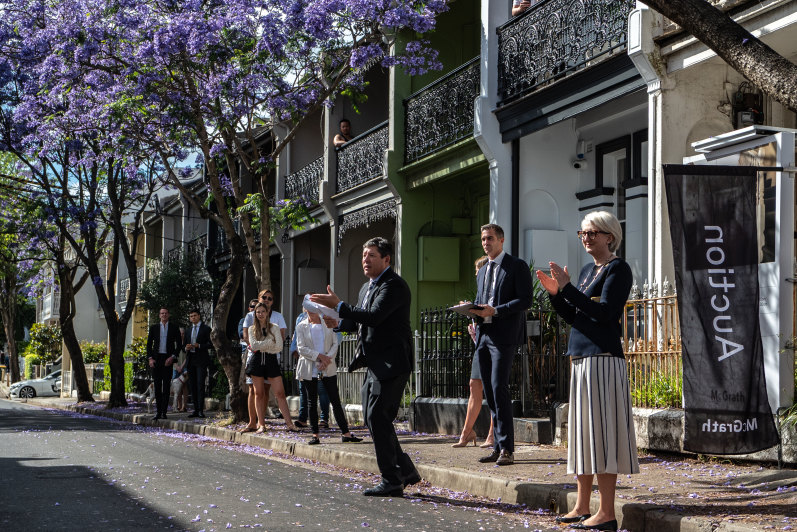
“The market downswing doesn’t discriminate, with only a small proportion of suburban areas riding a wave of positive growth among the sea of declining values,” she said.
Price falls had meant a reduction in the number of million-dollar suburbs, particularly in Sydney where there was a 21 per cent drop in suburbs with seven figure house medians between March and December.
House hunters were likely to see little benefit from falling house prices though, as they were facing reduced borrowing power and higher mortgage repayments, Ezzy said.
St George Bank’s chief economist Besa Deda said rising interest rates had more bite in Sydney, and to a lesser extent Melbourne, as households had bigger mortgages. Sydney had also experienced strong growth in a short space of time, so it had further to fall.
“Sydney and Melbourne were the markets where the downturn began … it will become more widespread, but [other markets] just started coming off their peak a lot later … they’re just lagging these bigger cities,” she said.
Deda expects prices nationally to fall 15 per cent from peak to trough, and felt the apartment market — which had less growth during the boom — would continue to be more resilient than the housing market.
“When borrowing capacity is impacted as rates go up, households that are looking to buy will be looking for more affordable homes and generally speaking, apartments are more affordable,” she said.
It was possible prices in parts of Sydney and Melbourne may even stabilise in the second half of the year, Deda said, if the cash rate was to peak in the coming months. She expects a peak of 3.85 per cent by mid-year.
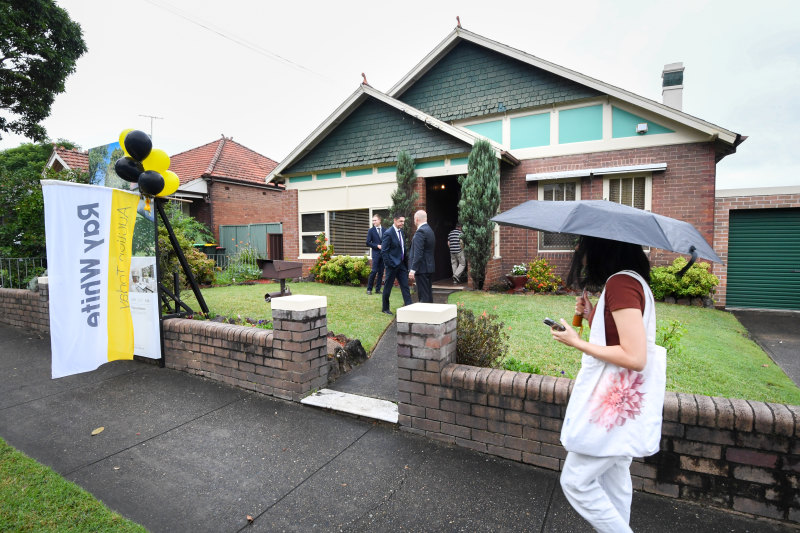
“It doesn’t mean we’ll see a recovery though,” Deda said. “You’ll need to see rates cut or an expectation that rate cuts are imminent to see a recovery … and I don’t think that’s a 2023 story.”
Thomas McGlynn, chief executive of real estate agency BresicWhitney, said Sydney had extraordinary growth during the boom, and was more dynamic than most other metro markets.
“In many of those [other] markets as well they hadn’t received as much growth over the past decade, whereas Sydney had been through a few different periods of growth, the sentiment of the market in Sydney can shift quickly in both directions,” he said.
Prices had typically pulled back about 10 to 20 per cent, depending on the suburb and type of property, McGlynn said, with poorer quality homes experiencing larger declines. However, median prices had also been affected by a decline in the number of A-grade homes hitting the cooler market, he said.
Homeowners remained wary of selling, McGlynn said, reporting the agency had one of its slowest starts in years for new listings. But the undersupply of properties was leading to a strong turnout at open homes, which was good news for sellers.
States
Capital Cities
Capital Cities - Rentals
Popular Areas
Allhomes
More

